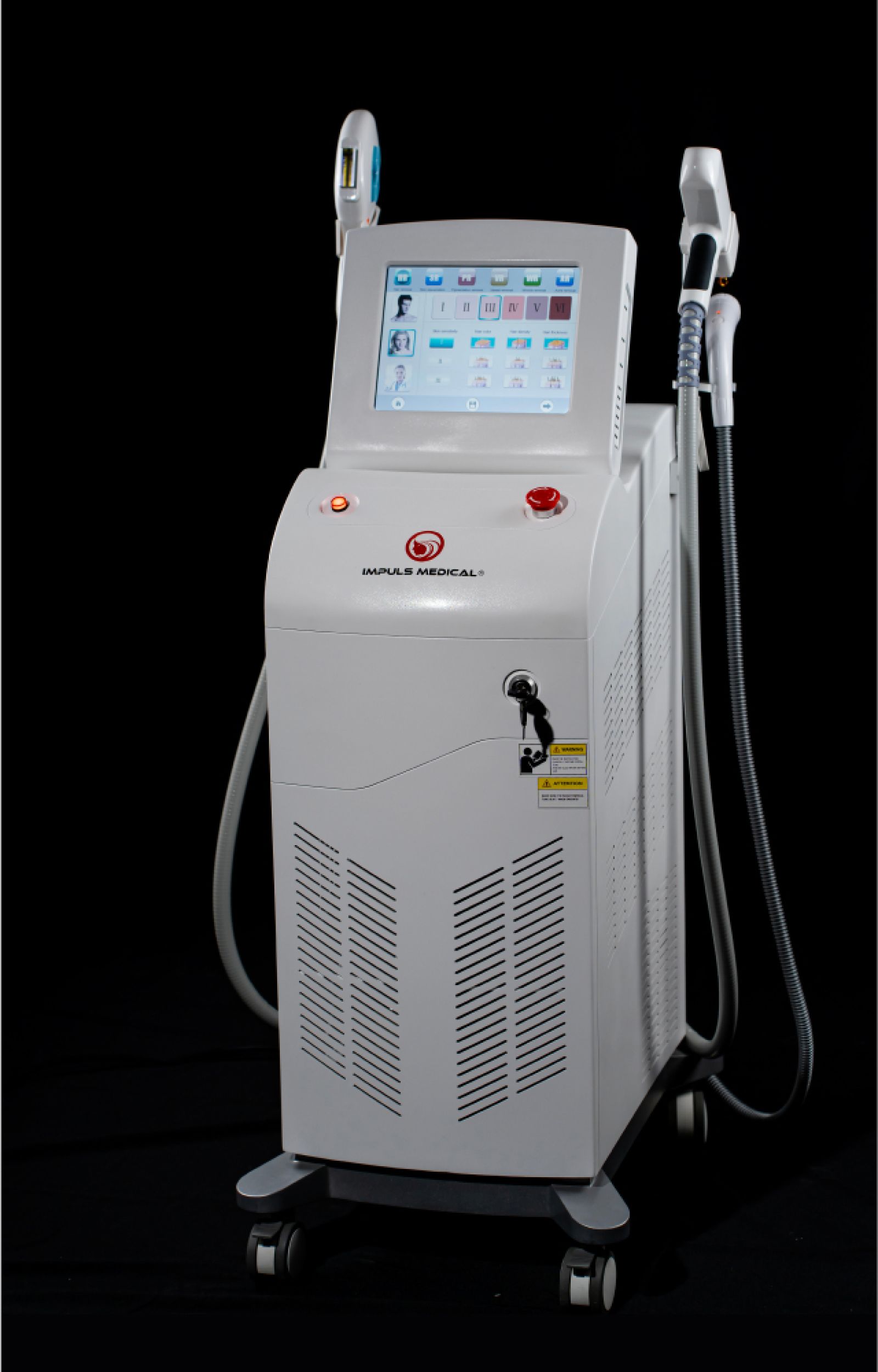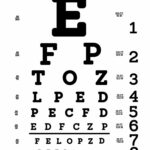The acronym “TRX” often echoes through fitness studios and online forums, a shorthand for a revolutionary approach to exercise. But what exactly does it signify? The answer, while succinct, belies a deeper philosophy and a legacy rooted in military ingenuity.
TRX, in its simplest form, stands for Total Body Resistance Exercise. This nomenclature, however, is more than just a label; it encapsulates the very essence of the training methodology it represents. Let’s delve deeper into the components of this name, dissecting each word to reveal the underlying principles that define TRX training.
Total Body: A Holistic Approach
The inclusion of “Total Body” isn’t mere marketing hyperbole. TRX exercises inherently engage multiple muscle groups simultaneously. Unlike isolation exercises that target specific muscles, TRX leverages compound movements. These movements force the body to work as a cohesive unit, fostering functional strength and improving overall proprioception. A squat performed with TRX suspension, for example, not only targets the quadriceps and glutes, but also activates the core for stabilization, engages the shoulders for postural alignment, and challenges the neurological system to maintain balance. This systemic activation yields greater caloric expenditure and enhances neuromuscular efficiency, leading to a more comprehensive and impactful workout.
Resistance: Leveraging Bodyweight as the Catalyst
The term “Resistance” highlights the core mechanism of TRX training: harnessing bodyweight as the primary source of opposition. This ingenious approach eliminates the need for bulky weights or complex machinery. By adjusting the angle of the body relative to the anchor point, the user can manipulate the resistance level. A more acute angle increases the load, while a more obtuse angle reduces it. This adaptability makes TRX accessible to individuals of all fitness levels, from novice exercisers to seasoned athletes. This self-regulated resistance also promotes mindful movement, encouraging users to listen to their bodies and adjust the intensity accordingly.
Moreover, the inherent instability of the suspension system demands constant engagement of stabilizing muscles. This continuous neuromuscular activation not only enhances strength but also improves balance and coordination, reducing the risk of injury. The use of bodyweight, therefore, isn’t a limitation, but rather a powerful tool for fostering functional fitness.
Exercise: A Modality for Comprehensive Fitness
“Exercise” serves as the overarching descriptor, encompassing the wide array of movements and modalities that can be performed using TRX equipment. TRX training transcends the limitations of conventional exercise routines, offering a dynamic and versatile platform for achieving diverse fitness goals. From strength training and cardiovascular conditioning to flexibility and mobility work, TRX can be adapted to address a wide spectrum of fitness needs.
The versatility extends beyond the type of exercise to the environment in which it can be performed. The portable nature of TRX straps allows for workouts in virtually any setting, from gyms and homes to parks and even while traveling. This accessibility eliminates common barriers to exercise, making it easier for individuals to maintain a consistent fitness regimen.
Beyond the Acronym: The Philosophy of TRX
While “Total Body Resistance Exercise” accurately describes the mechanics of TRX training, the acronym only scratches the surface of its underlying philosophy. TRX embodies a commitment to functional fitness, emphasizing movements that mimic real-life activities and improve overall quality of life. It promotes a holistic approach to wellness, integrating strength, stability, and mobility into a cohesive training system.
Furthermore, TRX fosters a sense of self-awareness and body mastery. The constant need to maintain balance and control encourages users to develop a deeper understanding of their own biomechanics. This heightened awareness translates into improved posture, reduced risk of injury, and a greater sense of physical confidence.
In conclusion, TRX stands for Total Body Resistance Exercise, but its significance extends far beyond a simple definition. It represents a paradigm shift in the way we approach fitness, prioritizing functional movement, bodyweight training, and a holistic approach to wellness. It’s a methodology that empowers individuals to unlock their full physical potential, fostering strength, stability, and a profound connection with their own bodies. The three words are a synergistic trifecta, offering a potent and universally applicable modality for fitness enhancement.









Leave a Comment